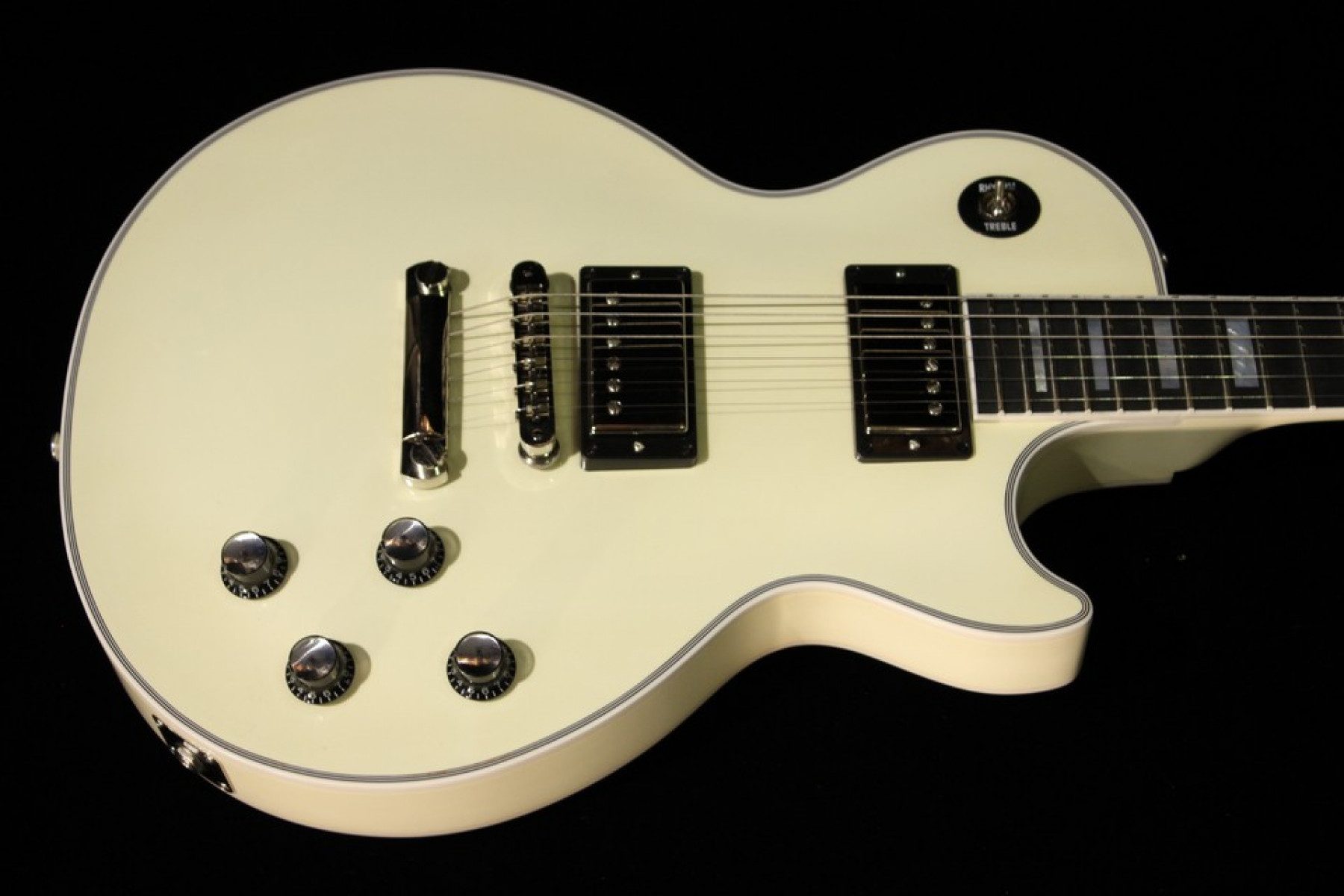

In 1969, Norlin acquired Gibson, and the Les Paul Custom saw many changes in the "Norlin Era".

The headstock angle was changed from 17 to 14 degrees, a wider headstock and a maple top (in lieu of the original 1953–1961 solid-mahogany construction). In 1968, Gibson re-introduced the Les Paul Custom as a two-pickup model. The Les Paul Custom remained a double cutaway model until 1963, when Les Paul's endorsement with Gibson ended, and the guitar was subsequently renamed the SG Custom. There are a small number of 1961 Les Paul Customs that were made with the single cutaway body before the transition to the new, SG-style body was complete. It is this configuration that remained until the guitar was discontinued in 1960, replaced by the new double cutaway body Les Paul model. By 1958, Gibson had replaced the Kluson tuners with Grover Rotomatics. Most Customs have three PAFs, though there are a small number that have the traditional two-pickup configuration.

In mid-1957, Gibson began to equip the Les Paul Custom with the new PAF (Patent Applied For) pickup designed by Seth Lover. This was to be the case until the Custom was replaced and discontinued (though a similar black case was used with the LP/SG Custom models). However, in a 2009 telephone interview, JP Moats stated that, "On occasion, supply issues with the black and gold cases, would necessitate the use of Gibson's top-of-the-line case, so as to be able to fill orders though it was rare". The new Custom also shipped with a different case from the Standard, using a black and gold case instead of the brown and pink case that was the top-of-the-line case for the Les Paul Standard models. The 1954 Les Paul Custom also saw the introduction of Gibson's new bridge, the ABR-1. The frets are low and flat, as opposed to the usual medium jumbo frets found on other Les Paul customs, and the guitar soon was given the nickname "The Fretless Wonder". The pickups were a P-90 in the bridge position and an Alnico V pickup (nicknamed the staple pickup), newly designed by Seth Lover, in the neck position. The "Split Diamond" inlay on the headstock was taken from the carved archtop Super 400, which was the top of the Gibson line. Nicknamed the Black Beauty, the guitar had a mahogany body and neck, ebony fret board, and mother of pearl block inlays on the fret board. He requested a black guitar as he wanted it to "look like a tuxedo". In late 1953, a more luxurious version was introduced, most probably on specific request by Les Paul himself, as he wanted a more luxurious and classy looking guitar. The 1952 Gibson Les Paul was originally made with a mahogany body with a one-inch-thick (2.5 cm) maple cap, a mahogany neck with a rosewood fretboard, two P-90 single coil pickups, and a one-piece, 'trapeze'-style bridge/tailpiece with strings fitted under (instead of over) a steel stop-bar, and available only with a gold-finished top, giving rise to the moniker "Gold-Top".


 0 kommentar(er)
0 kommentar(er)
